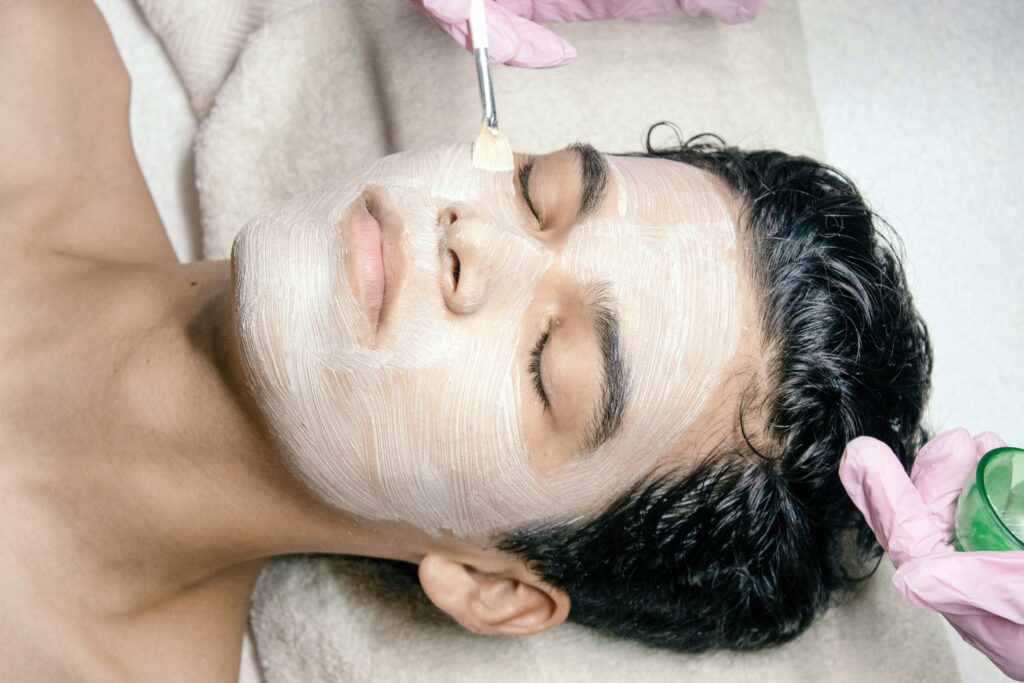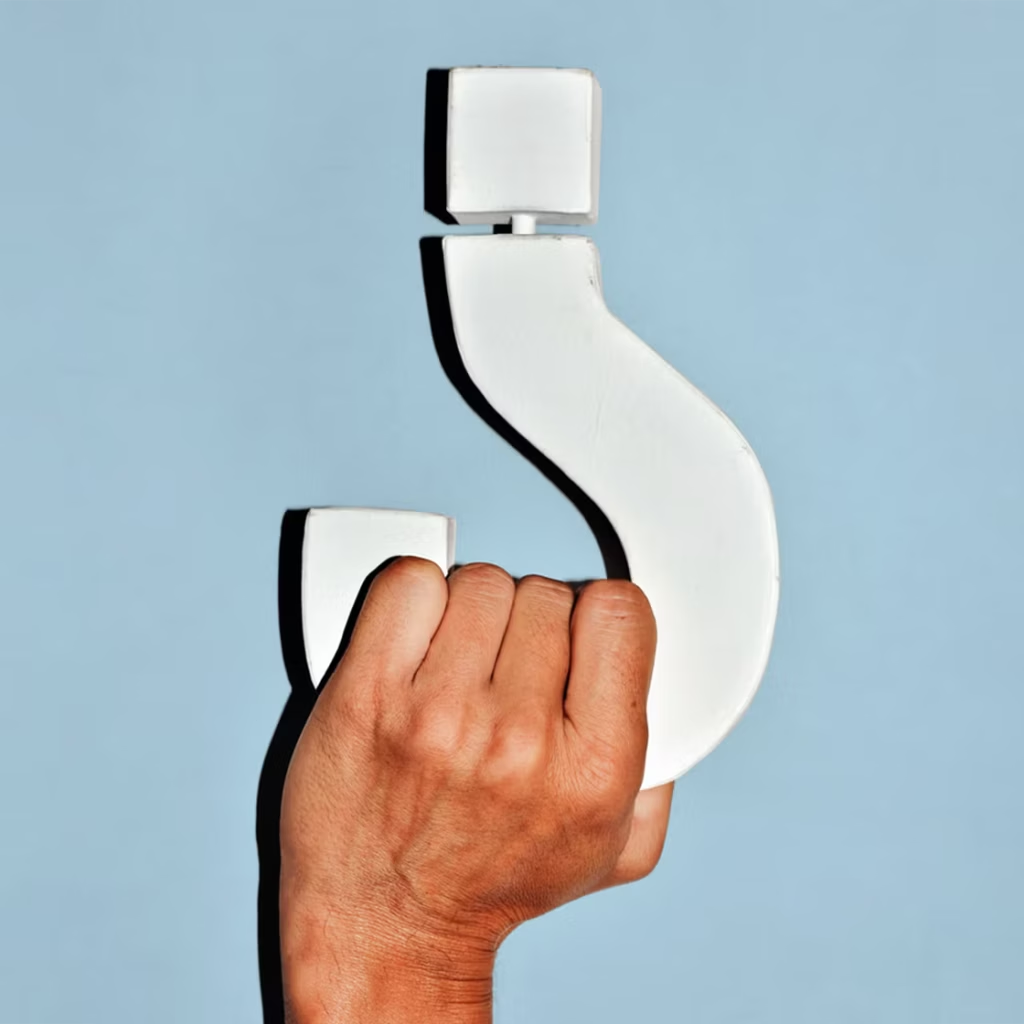Don’t look now, but 2024 is right around the corner. Yes, the unrelenting crawl of time has inevitably brought us to end of yet another year, where reassessments are made and resolutions set. As we look ahead to next year, much is uncertain, but we can guarantee that the world of health and fitness will continue to evolve by adapting to the changing needs and interests of people striving for a healthier lifestyle. The trick is to jump onto the trends that emerge from this evolution early, so you can get on top of your fitness goals from the get-go.
The past few years have seen significant shifts in how we approach health and wellbeing, don’t expect 2024 to be any different. To ensure you’re up to date with all the latest developments, we’re predicting the top health and fitness trends we think will shape the year ahead. From cutting-edge technology to innovative mindfulness practices, here’s our forecast of the trends that will dominate the health and fitness landscape in 2024.
Plant-based protein continues its growth
It might not be to everyone’s taste, but alternative sources of protein have risen to the forefront in recent years. We expect the shift towards sustainable, plant-based diets to continue in 2024. More people will adopt plant-centric eating patterns to improve their health and lower the risk of heart disease and diabetes, all while reducing their environmental footprint. As society becomes more eco-conscious, we can also expect restaurants to offer an even wider variety of plant-based options, making it easier to choose sustainable and nutritious meals.
Biohacking enters the mainstream
With constant innovations in the technology industry, terms like ‘biohacking’ are going to enter our daily lexicon. Biohacking isn’t quite as complicated as it sounds. It’s really just an umbrella term for wellness practices that can be simplified as do-it-yourself biology. It involves making changes to your diet, workout routine, and lifestyle that would usually require professional advice. The advent of high-tech equipment like fitness wearables, blood-glucose monitors, heart rate monitors and sensory implants have allowed this trend to take off, and now everyday people can take steps to optimise their physical and cognitive performance. Biohacking will soon enter the mainstream, and it’ll likely stay there.
Eco-friendly equipment rebounds from greenwashing
We’re once again drawn to a health and fitness trend that’s sprouted from the increased importance of eco-friendliness in our collective consciousness. For years, fitness enthusiasts have looked for terms like “made from recycled materials” and “produced using sustainable practices” when purchasing workout equipment, but that shift took a step back in the early 2020s when greenwashing gained prominence.
For the uninitiated, greenwashing refers to the unscrupulous business practice of a brand highlighting specific eco-friendly qualities of a product, while obscuring other factors which are potentially even more harmful to the environment. The emergence of greenwashing made exercising precaution when buying workout equipment a necessity, and consumer distrust skyrocketed. With the implementation of stricter advertising regulations, we wouldn’t be surprised if consumer trust returns, and we once again start looking for eco-friendly products.
Hybrid gym memberships become the norm
Covid-19 served as a reckoning for the existing business model of gyms. While no one could go to the gym, they still wanted to workout. This prompted increased interest in home gyms, outdoor workouts, and interactive, online fitness companies like Peloton. All of this created further competition for gyms, who previously had a fairly stable customer base. As a result, we’re now seeing the introduction of hybrid memberships. Gym-goers can expect the option to mix online and in-person gym sessions in future memberships, which offer greater flexibility with at-home classes, while still allowing for the usual in-person sweat sessions. If nothing else, hybrid memberships will at least mean the gym will be a little less crowded.
Zero alcohol alternatives and mocktails are on the menu
In recent years, zero-alcohol alternatives have been experiencing a surge in popularity amongst people seeking the social experience of a night out, without the consequences of over-indulging with alcohol. As a whole, this reflects a societal shift towards healthier and more mindful living. Whether it’s due to a heightened awareness of the negative health effects of excessive alcohol consumption, or just that hangovers are becoming increasingly tiresome, there’s been an outpouring of demand for zero-alcohol beverages, and the market has responded accordingly.
With the development of non-alcoholic beverages that accurately replicate the taste and experience of traditional alcoholic drinks, zero-alcohol alternatives are poised to remain on the rise and will be showing up on menus more frequently.
Low impact workouts won’t just be for recovery
With the ever-increasing wealth of knowledge provided by innovations in sports and health science, we now know more about how to bulletproof our bodies than ever before. One way to ensure effective recovery and healthy aging is with low impact workouts, which offer a gentler approach to holistic fitness.
Low-impact exercises, such as swimming, cycling, walking and yoga, put less stress on the body’s joints, reducing the risk of injury and chronic overuse problems. Additionally, they can be a fantastic choice for those in post-rehabilitation or recovery phases, enabling them to rebuild strength and stamina without overtaxing their bodies. Ultimately, low-impact exercise not only fosters physical wellbeing but also long-term sustainability, making it a valuable cornerstone of a balanced fitness routine that will continue to garner interest in 2024.
The gamification revolution continues
It was inevitable that the popularity of video games would trickle into the health and fitness sphere. Gamification is revolutionizing the fitness industry, injecting a fresh and innovative approach to motivating people and making exercise fun by integrating gaming elements into workout routines and wellness programs. Apps and wearable devices now offer users rewards, challenges, and competitions, turning physical activity into a fun and interactive experience. Major fitness brands have already tapped into this market. Earlier this year, Peloton introduced ‘Lanebreak’, a gamified, achievement-based workout experience which imbues an added feeling of accomplishment. Watch for other health and fitness giants to follow suit.
Backwards running becomes more than a joke
You might’ve already seen this trend in action at your local park. You may have even scoffed at the ludiocrisy of the exercise. But there are very real benefits to backwards running that have it gaining traction.
This unconventional form of exercise challenges both the body and mind in new ways, requiring heightened focus, coordination, and balance, while not only engaging different muscle groups, but also helping improve spatial awareness and proprioception. Backwards running is also a lower-impact alternative to regular running, reducing the strain on joints and hamstrings and lowering the risk of injury. People are already running marathons backwards (the world record is three hours and 43 minutes, there for the taking if you ask us), it won’t be long before everyone else starts taking it seriously.
Mindfulness will matter
In today’s fast-paced world, people are seeking solace and balance amidst the chaos of daily life. In an age dominated by digital distractions and constant connectivity, the allure of mindfulness lies in its ability to offer a refuge of calm. With mounting stress levels and growing awareness of the importance of mental wellbeing, people are turning to mindfulness practices like meditation, yoga and even wellness retreats to centre themselves, reduce anxiety, and improve overall mental health. The science is finally catching up to what the preachers of mindfulness’ benefits have been saying for years, and it’s likely to keep growing in popularity.
Digital detoxes won’t be ostracising anymore
In the same vein of the increasing interest in mindfulness, digital detoxes are also rising in popularity as they provide a much-needed respite from the constant barrage of screens and notifications. With the proliferation of smartphones, social media, and an ever-increasing demand for our attention, people are recognizing the importance of unplugging to reconnect with themselves and their surroundings to improve their mental health and reduce stress. The main barrier to taking a digital detox has previously been the risk of being ostracised by friends, family and society due to the lack of connectivity. But as the practice becomes more widely accepted, a digital detox will no longer be seen as evidence of someone going off the deep end, but as an occasional necessity.




















